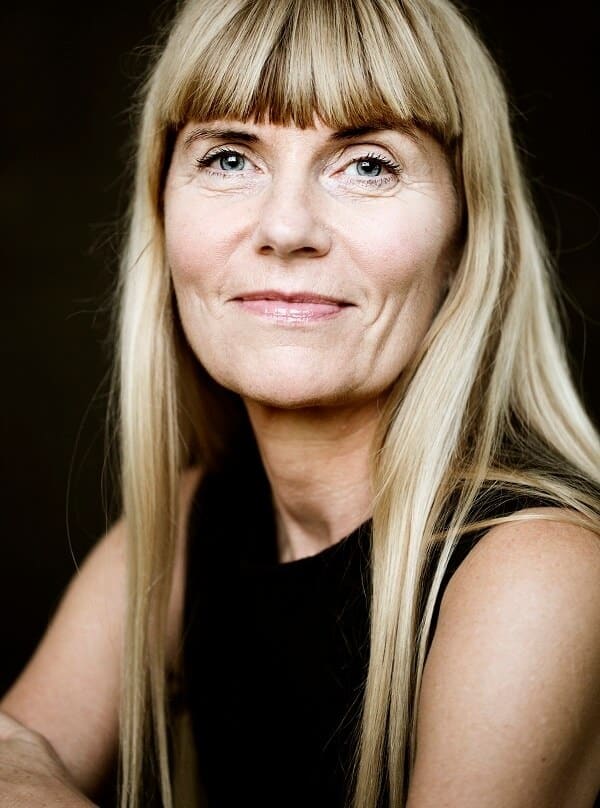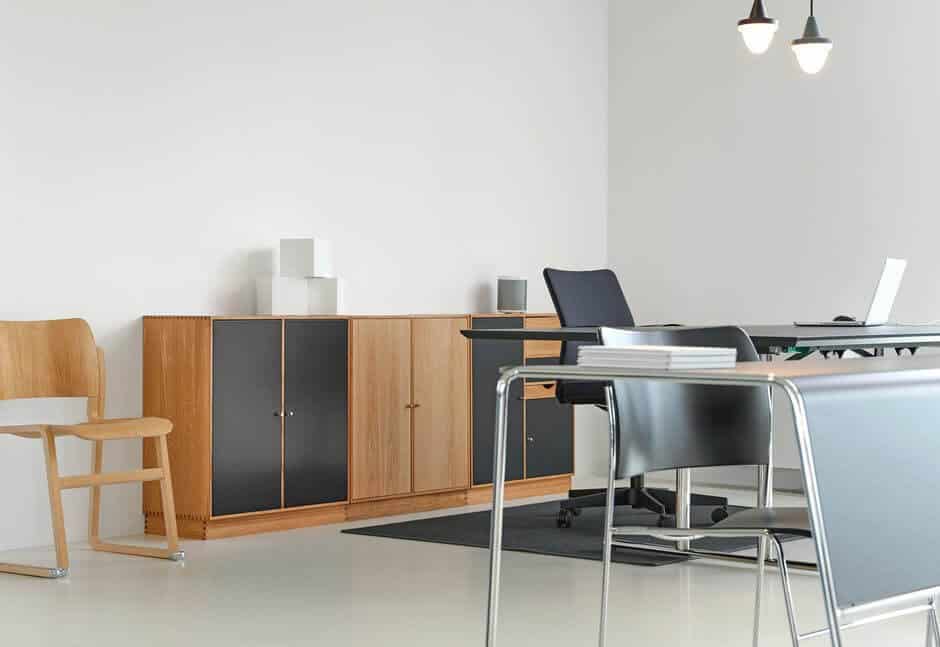Activating Your Assets and the Future of Space Management

SIGNAL’s Global Head of Workplace Management and Design Gitte Andersen reveals how to take ownership of your workspace and treat it as an asset.
Optimizing your office space can mean a lot more than simply finding cost-effective methods to reduce maintenance costs. Understanding the intricacies of space and how it functions can open up a host of new possibilities for FMs to not only save money for their organization, but also innovate.
Gitte Andersen, Global Head of Workplace Management & Design for SIGNAL and co-author of Space at Work, has years of experience in the art of managing space. Her approach follows a carefully formulated theory that emphasizes space as an asset that needs to be understood beyond the physical sense.
Can you start by telling us about your professional background and how you got interested in the function of space within the workplace?
Andersen: I was originally educated as an architect at the Royal Danish Academy of Fine Arts in Copenhagen and I also educated myself in building economics. Being a young architect working for traditional architecture companies, I found myself drawing buildings where one building looked exactly like the next one because we never really had dialogue with the end user. We had dialogue with the investors, entrepreneurs, people like that — but never the end user.
I thought there must be something between space and habit that I could investigate. I decided to start a company where we were going to have that dialogue with end users and find out what their needs are so the design promotes their criteria of success and not just creating efficient or flexible buildings, but something where people could perform better.

How important are design aesthetics when it comes to the workplace? How much of an impact can it have on workplace functionality?
Andersen: It can have a huge impact, but it’s really funny because it’s something we don’t really acknowledge or think very much about even though we are in these spaces all the time. All of us have had the feeling of entering the reception of an organization and you think “gosh, I cannot work in this space. This is ugly.” It’s the same when you get the feeling of entering a workplace and you think “wow, this is really cool atmosphere.”
We did some analyzation with students among eight universities here in Denmark a few years ago asking them a lot of questions about what they want in a great place to study. All of them came back to us and said the aesthetics also have an impact on how they feel ownership of a space. If you don’t have ownership of a space, you can see it immediately because it looks like a leftover that no one really cares about compared to areas where people have high ownership to a space. You can really see that this is a place where people really like to collaborate.

Could you tell us a little more about how architectural psychology plays a role in building a successful workplace?
Andersen: It’s more or less a triangle for me. Start by formulating what the C-Suite looks into when it comes to future outcomes; look into where you need to change the habits in your organization; then look into how space can actually be a tool to nudge change management. This triangle defines architectural psychology
What do you think are some are some of the biggest things FMs have trouble with when it comes to understanding the function of space within the workplace?
Andersen: I think it has a lot to do with the perception of how you work with space and how you see space. I’m really generalizing here, but I often see traditional FMs look into space as something you can optimize, it has a lot to do with maintenance costs and things like that. They don’t really see space as an asset, an asset that can actually make people perform better.
They have to raise their head and move a little up the value chain because that’s actually the dialogue that’s taking place at the C-Suite. If you want to have the discussion about working with space the right way, you need to look at space as an asset that can actually make organizations perform better. If you want to work that way, you need to collect other kinds of data and evidence that actually shows that this and this workplace design promotes this and this kind of performance then they can get the C-Suite to listen to them.

In your book, Space at Work, you write “workspace is a tool, but in many workplaces this tool is not applied to the best possible effect.” Could you unpack this statement for us and tell us how it directly affects FMs?
Andersen: We have collected occupancy data for 17 years and on average we can see that a knowledge worker only occupies a workspace between 30-55 percent. That could impact FM costs directly because then you can optimize space — there are lots of empty square metres in most offices. That’s one thing that has directly to do with maintenance costs.
If we look into performance, for instance, we can see that 26 percent of people who have their own private one-person office do not have face-to-face interaction with other colleagues when they are in the office. If it’s multi or interdisciplinary collaboration that you need to improve within your organization, you should not start giving people their own office because then you have already sent one-third out of circulation.
I think this kind of data is very important for FMs to know about because if they don’t know it, they will not be able to have the dialogue to address the performance part. They will continue approaching FM as a maintenance cost and not move it up the value chain. That’s where space has to become a tool to better performance, FMs need to use the design of space to have the dialogue with the C-Suite about what kind of KPIs are important for the organization to improve then start working with space as something that can nudge that improvement.

You also talk about the concept of “mental rebuilding” in the workplace which speaks to a change in mentality about how it’s perceived. Could you tell us a little more about this concept and how it might help FMs?
Andersen: It was actually a concept we invented during the financial crisis here in Denmark. When you have a financial crisis, clients think they have no need to change anything about their space when they actually may be in a situation where they need to develop and innovate more than ever.
I sat down and tried to look into how much development we could create within an organization without moving any walls, without rebuilding anything at all, but only by challenging the habits behind how they use their space. When we started to do our occupancy studies, on-site observations, online surveys, we found that at least 50 percent of workplace square metres were empty during the day. Not the same area all the time, it changed because people were moving around. If we can challenge the organizations to go from private-owned square metres to common-owned square metres, we could actually optimize the total work area between 20-30 percent without physically rebuilding anything. Activating that could optimize the space, bring in more facilities that raise the bar when it comes to attractive workplaces or you could bring in more people.

How do you think the workplace will change over the next 5-10 years and do you see any kind new workspace styles or hybrid models appearing over that time?
Andersen: I just read a statistic about a month ago that said in 2020, 40 percent of the U.S. workforce will be free agents, people who move from project to project and are essentially their own boss. The next generation sees themselves as free agents, they want to be entrepreneurs.
Another statistic says that 70% of the millenniums means that workplace is more important that salary.
On behalf of these statistics I think we will see a shift in perception going from facility management to experience management!
Big companies are going to keep innovating to ensure they’re still relevant. They will need to be close to all the startups and innovators. We’re already seeing a lot of concepts like campuses where big companies are moving side-by-side with small innovative co-working places and building up communities close to universities. They’re opening their doors and want to interact with the local community, maybe opening a farmer’s market and other things like that, because they want to be close to innovation and diversity. They want to be close to employees as well because they’ll only be employed three or four years and then they will move on, if it’s attractive enough — maybe they will come back.




